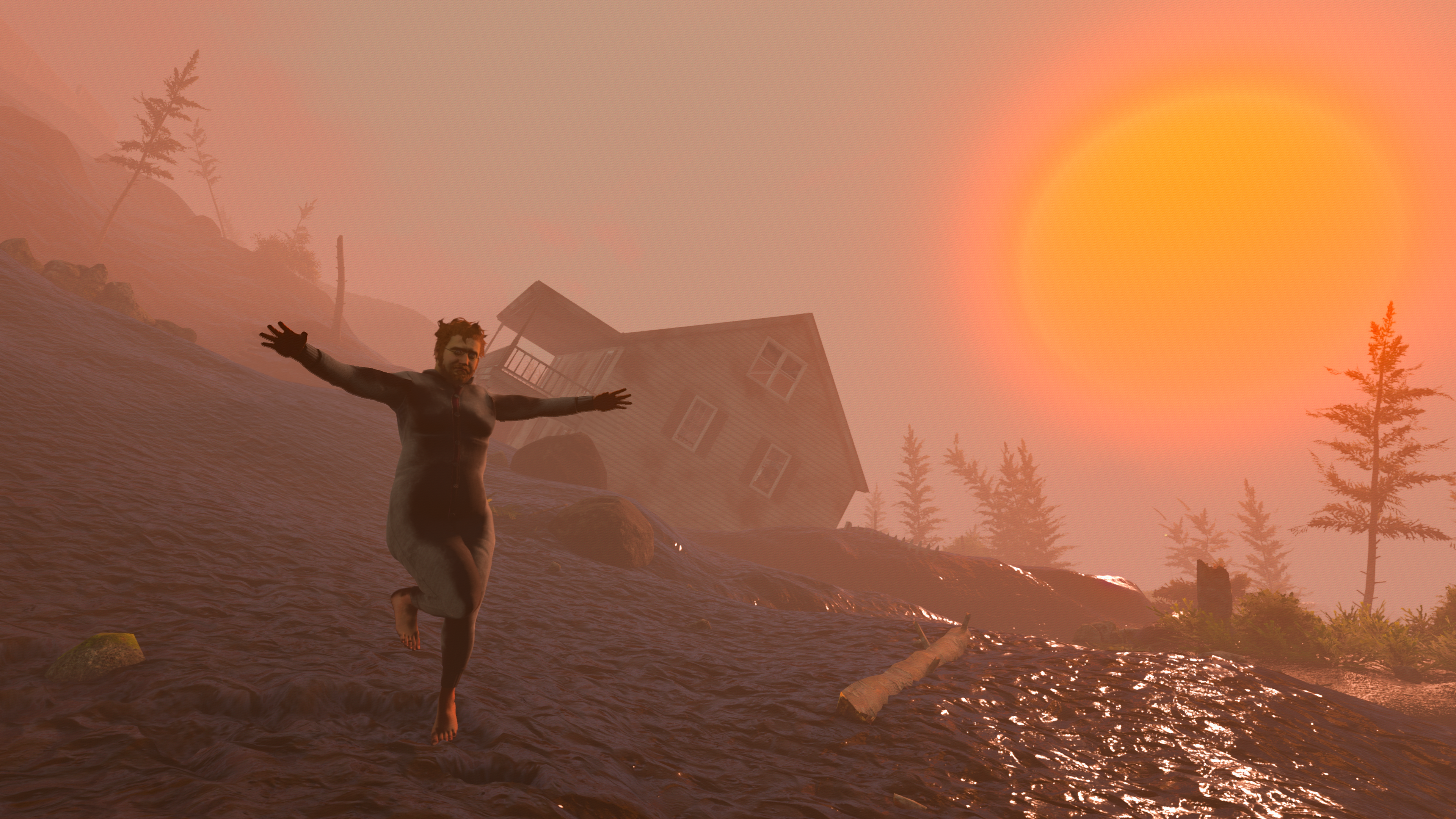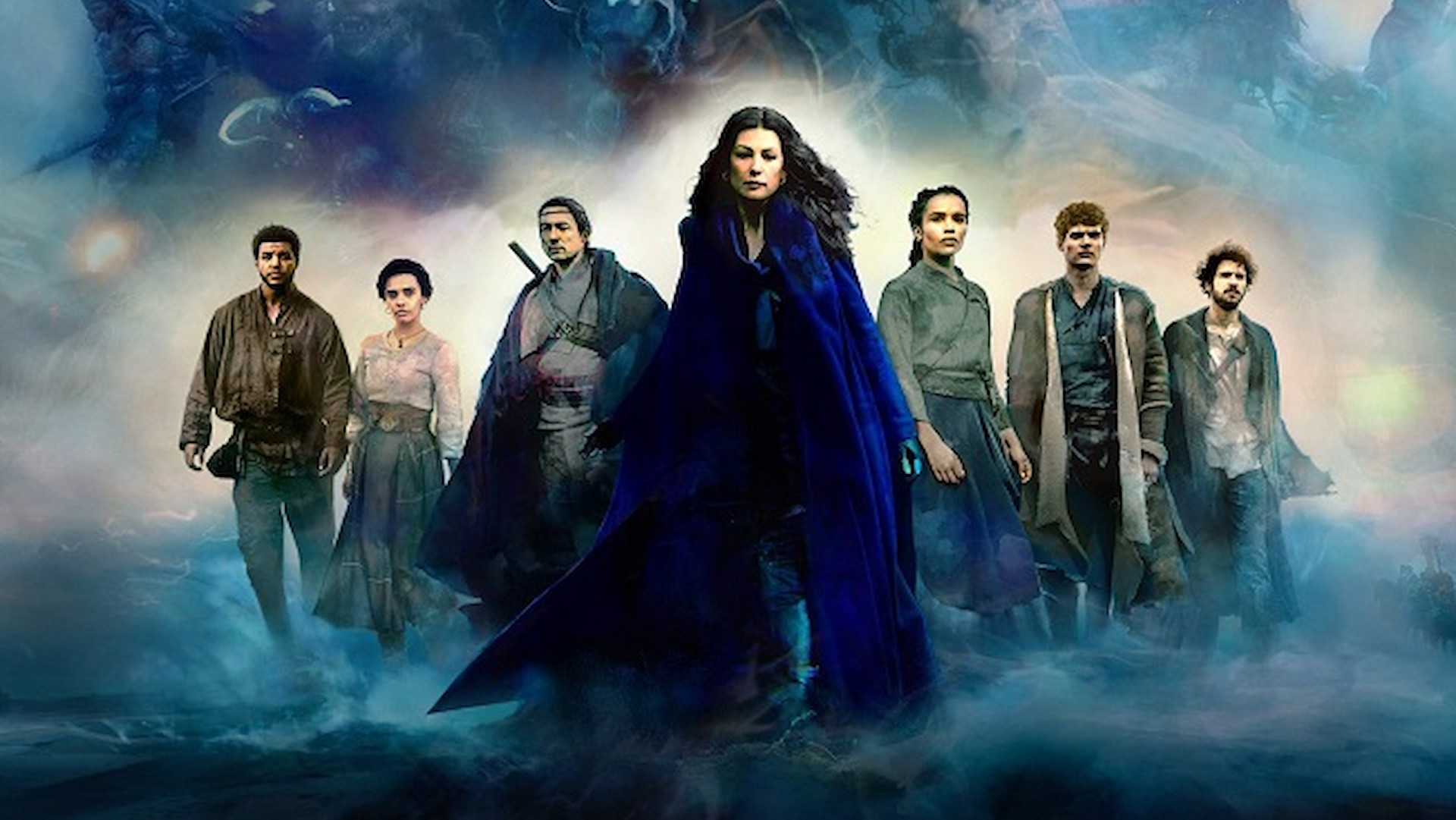
G-Rebels Is a Sci-Fi Flight Combat Game Where You Feel Like You’re Flying a Nissan Versa

I’ve been patrolling the skies and shooting down hostile aircraft in flight sims since the 1980s, all the way back to blazing away at single green pixels in the original Sublogic Flight Simulator for Apple II. Since then, I’ve whipped the Kilrathi aboard the Tiger Claw, crushed the Rebellion in TIE Fighter, gunned down the Red Baron in, well, The Red Baron, and buzzed my own apartment in Microsoft Flight Simulator. So I was pretty tickled by the opportunity to spend several hours with G-Rebels, an in-development game that combines several things I dearly love: aviation, Blade Runner, and open-ended approaches to gameplay. This amalgam of design influences produces something that is curious, ambitious, and dripping with potential, but which I’m not sure has yet been tuned enough to find its footing.
G-Rebels is set after a climate disaster wipes out most of the world. You’re now a member of one of many factions piloting armed aircraft called Skyblades between the skyscrapers of what appears to be off-brand Blade Runner LA. You search the air for enemies, traffickers, and rogue replicants. Yes, they’re actually called replicants… I’m no expert on copyright law so don’t ask me how.
Now, vehicle-oriented games have to fulfill a very specific requirement to succeed: the vehicle has to be fun to pilot through the environments provided. And that’s where the problems begin for G-Rebels: flying around is more often a chore than a thrill. Sometimes, it’s even a bore.
G-Rebels refers to your Skyblade as a glider, but that description isn’t really accurate. Its closest real-world analog is a helicopter, as you have the ability to hover in place practically anywhere. But unlike a real chopper, there’s no constant dance of hands and feet necessary on the part of the pilot to keep things stable most of the time. Only cornering or changing altitude rapidly puts much strain on the pilot. Instead, your Skyblade effortlessly hovers, scoots, and strafes up, down, and side to side like some flying first-person shooter avatar. If you’ve ever played the ancient FPS Descent, things will feel eerily familiar.
Yet it takes a long time to get a real hang of the X-Type Skyblade, weirdly because it is such a forgiving vehicle. Compared to a flight sim or even an arcade shooter like Star Wars Squadrons, there’s very little sense of momentum or gravity at work. You can stop and shift your velocity from forward to straight upward in a second, but everything feels weirdly underpowered. Your Skyblade has the handling characteristics of a sci-fi Nissan Versa: slow, reliable, predictable, anemic, and utterly boring. I already drive a Nissan Versa in real life, and I don’t need to carry its steady, value-conscious banality into my fantasy worlds.
Upgrades help somewhat, especially in regard to the punch of your guns and your straight line speed, though I still felt like I was merely updating my flying sedan into a flying minivan. In the end, the problem with G-Rebels is that while the vehicle style fits the Blade Runner aesthetic, the controls and capabilities are a bad match for the near-constant canyon flying. More consideration needs to be given to proximity warnings and spatial awareness, a problem compounded by the mission design. The campaign is quite simply front-loaded with escort duties and timed waypoint challenges, anachronistic designs that sap much of the richness from the environment.
G-Rebels takes place above a flooded world where skyscrapers rise from synthetic islands and inhabit the narrow space between thundering waves and near-persistent clouds. Within that space hover other Skyblades – some benign, others piloted by nefarious foes. Mission design is pretty straightforward: go to waypoints, look around, find targets, and blow them up without dying yourself.
There’s a story, a plot, characters and such, but not a lot that I cared about. Voice acting was hammily scripted and badly delivered, and the tones of other pilots had a soulless ring to them that led me to believe they were likely AI generated… which a look at the Steam page appeared to confirm. That’s deeply disappointing.
I shouldn’t go much further talking about G-Rebels without pointing out its greatest sin: the presence of tightly-timed waypoint-to-waypoint-to-waypoint dashes. I thought that we as a species had collectively agreed to discontinue these terrible sections in games after Superman 64, but apparently G-Rebels’s developers disagreed. Why anyone thinks sprinting to five waypoints over and over in a fairly graceless vehicle that I’m just learning to fly is a good gameplay experience is beyond me.
What doesn’t disappoint is the gunplay, which feels like one of the most-realized aspects of G-Rebels. Fans of flight sims and arcade flight shooters are going to be pretty familiar with the base modes available: a short range gun mode useful for dogfighting, and a much longer range guided missile system capable of hitting targets from vast distances with an electronic lock-on. Both are thoughtfully designed. I found that following my brain’s now near-instinctual flight-sim programming worked very well. Slightly leading turning targets at close range usually ended in solid hits. and adjusting my lead at distance worked just as it should. The missiles were potent, but the guns were so much fun I largely stuck to them, poking in and out from behind the megalithic buildings to snipe.
Your control panels and HUD are a triumph of form over function. Dashboard screens can make the relative positions and altitudes confusing, and seem to alternate between providing too little or too much information. Instrumentation feels like it was designed more to create pretty preview captures than to quickly provide the info a pilot might need when flying an antigravity tank between tall buildings in a thunderstorm.
You don’t get a lot of the conventional dogtails and energy tactics you’d expect from a flight game set inside a planetary atmosphere. Gravity really isn’t much of a factor, so dogfights are less chases and jousts than shootouts between flying tanks. There are strategies to learn and employ, but most of what you’ve learnt in other flying games doesn’t really apply here. Usually, shooting first and fastest is the best guarantee of victory.
The city itself has potential, but in its present form largely fails to deliver anything especially characteristic. The buildings are decently-rendered enough, but very little of what you see really feels distinct, much less lived-in or real. It feels more like a set or a stage made for a video game than any real living, breathing world.
G-Rebels might become something really entertaining, but right now it’s still very much a work in progress. It’s cool, but it’s not yet consistently fun. Missions and aircraft handling design have a long way to go before it hits that. You can see the potential for something enjoyable, but the parts haven’t quite come together yet into a compelling formula. I haven’t yet seen an official release date for G-Rebels, but I’m hoping it’s far enough out that the team has time to refine its ambitions and create the carefully-tuned flight combat experience they’re so obviously lovingly laboring to realize.
Jared Petty is a former IGN editor who likes writing about how wonderful and silly video games are. You can find him at Bluesky as Bluesky as pettycommajared.





